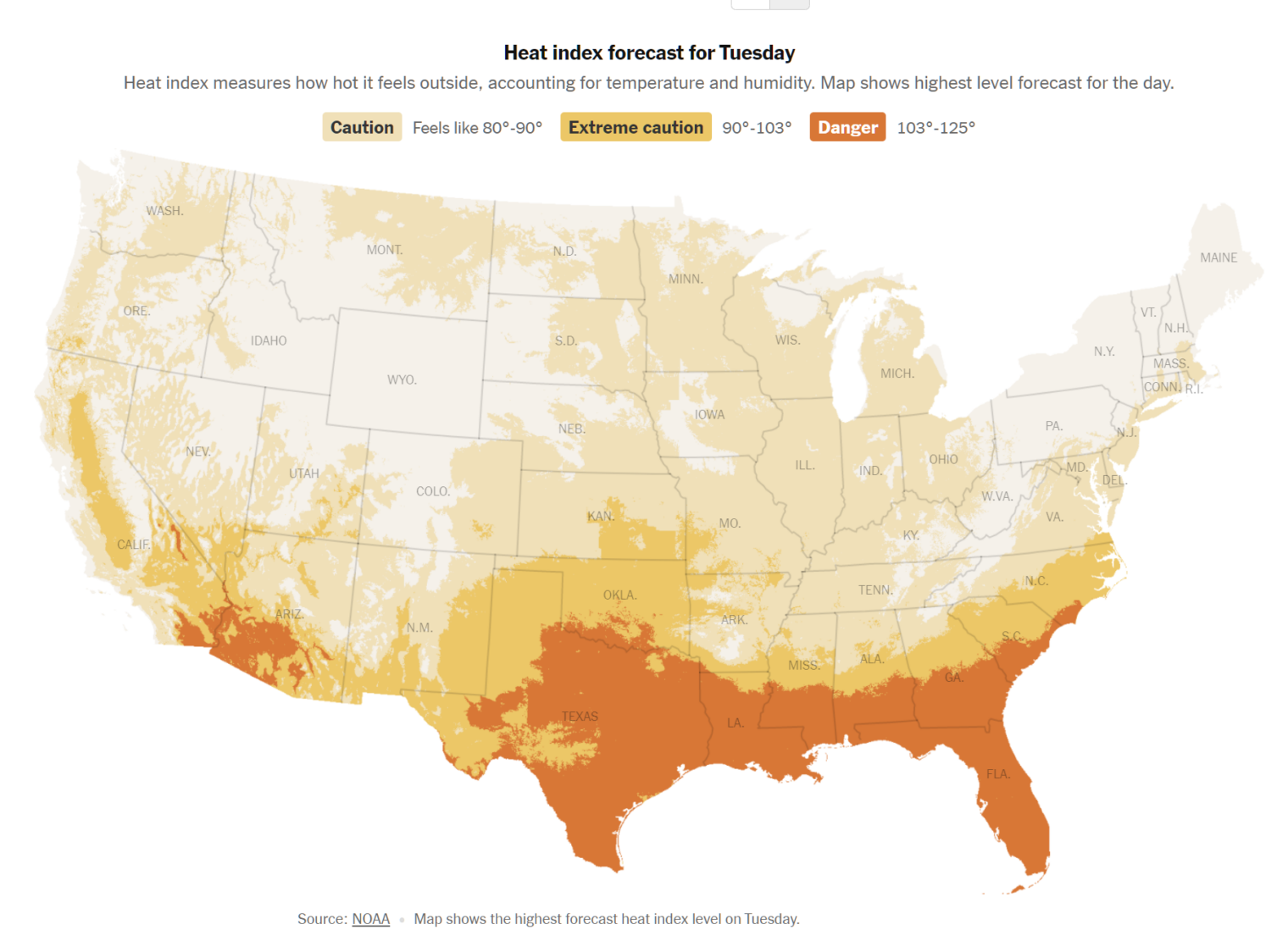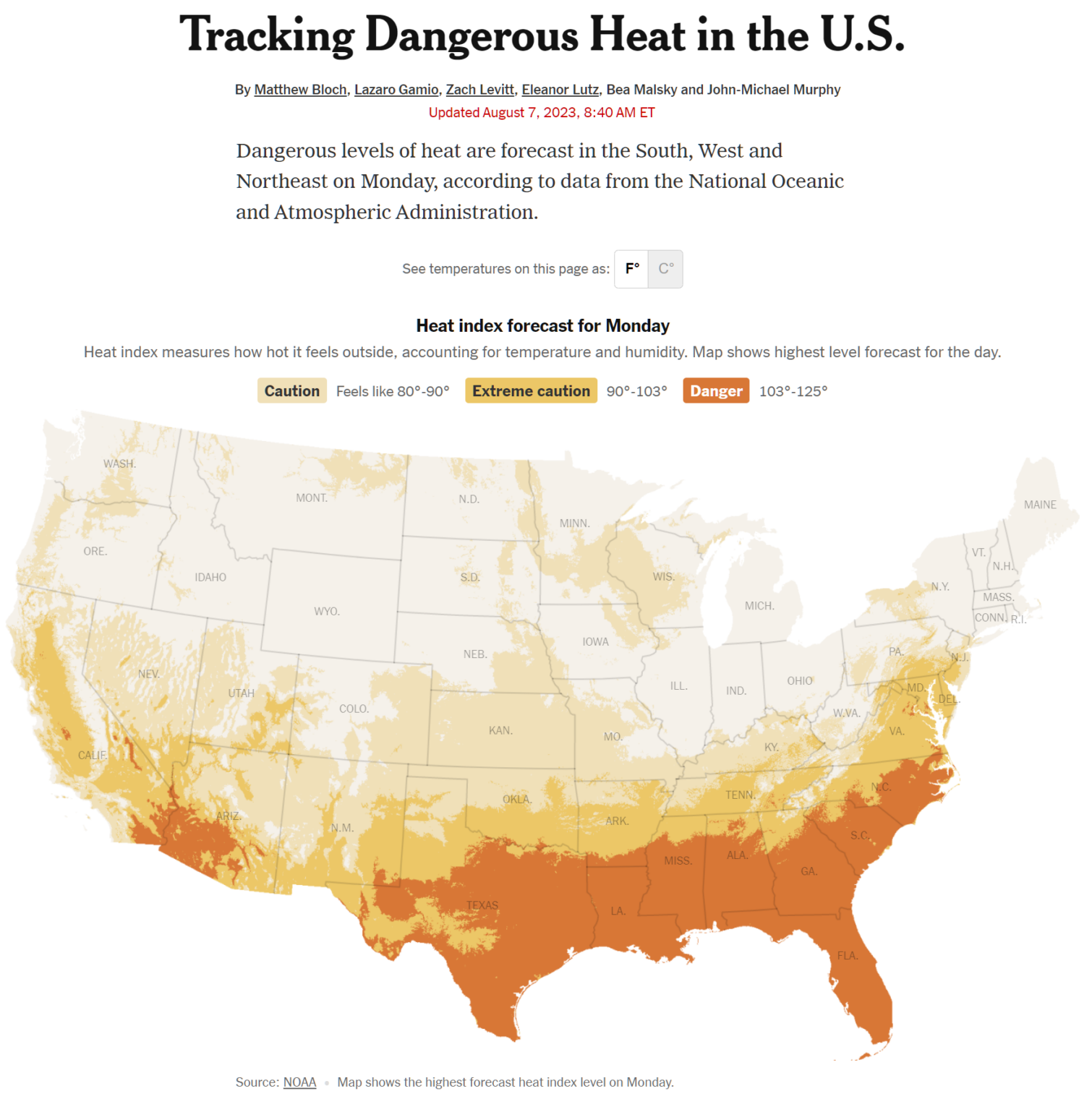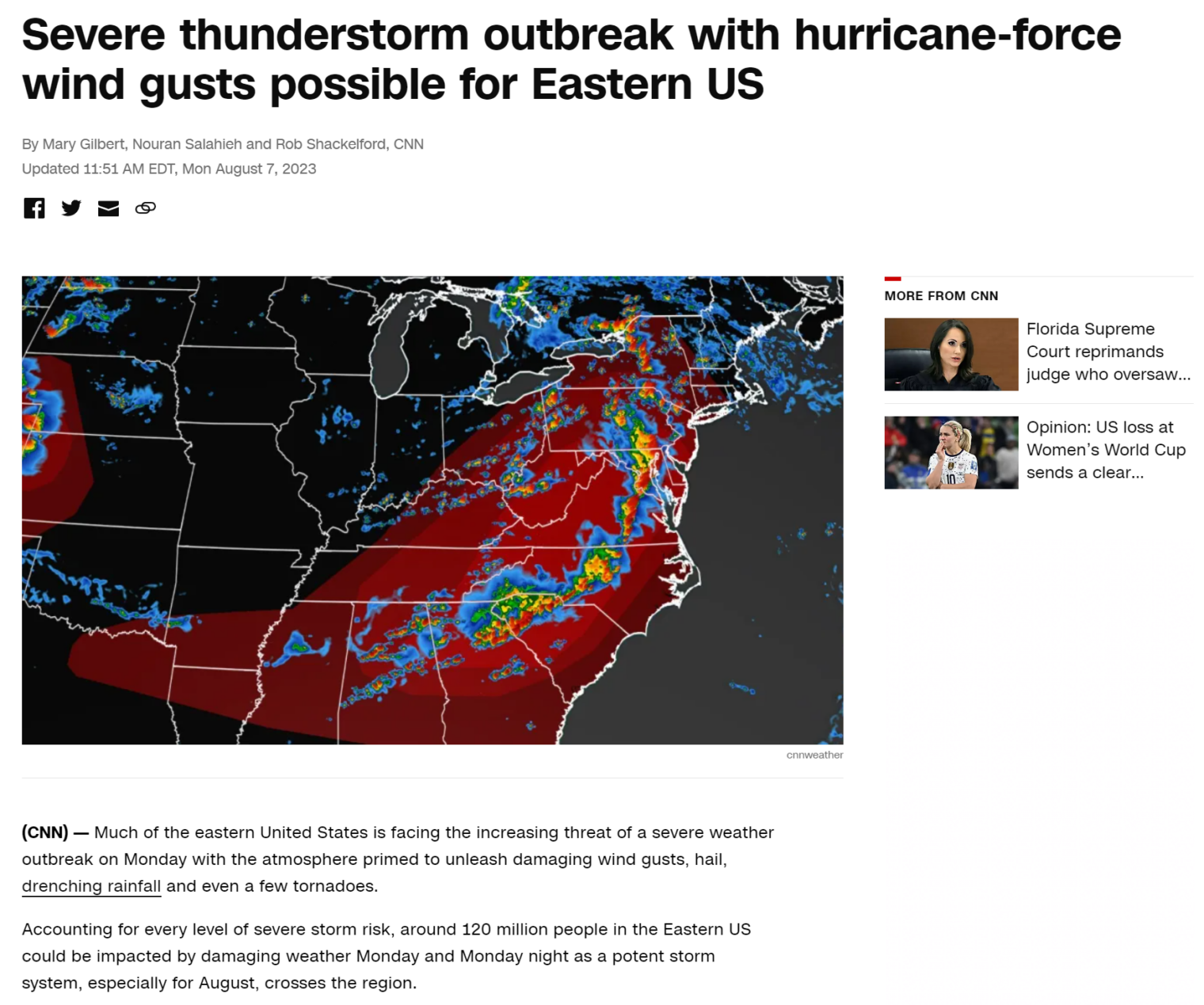2016… “Kevin Costner – “It’s time we woke up to reality””:
My Indian heritage begins in Noble County, in Cherokee Outlet, which is why I consider myself to be a true American. I love and respect my country, its Star-Spangled Banner and the idyllic vision that goes with it. I love its wide-open spaces, its history and its roots, its many resources, the opportunities it gives, and its capacity to always bounce back. If that’s what it is to be patriotic, then that’s what I am! But I’m no fool. This country is heading straight for disaster if we don’t change the way we live. Today’s society is marred by racism, greed and cynicism, and we need to fight this every single day.
As a Native American who loves wide-open spaces, a lesser version of Kevin Costner might question the wisdom of expanding the population by 100+ million via low-skill immigration (the previous batch of migrants had such a positive effect on Native Americans?). But the actual Kevin Costner in 2018 was all-in on welcoming as many migrants as possible, especially those with dependent children who can occupy previously open spaces in American K-12 schools and health care facilities.
Now that Costner has been sued by his wife, we discover what the carbon footprint of an environmentalist is. From the Daily Mail:
Later in the morning, Baumgartner shared further details of the family’s luxury lifestyle including Christmas parties that saw them truck 40 tons of snow to a 10-acre plot they also own close to their main California house just for the event.
Baumgartner described how they would hire ‘all the animals from the stable in Bethlehem for the children to ride, as well as a forest of fir trees and would have toboggan runs built.
She said the plot is also used for birthday camping events that would see them pitch 40 tents for their son Cayden and his friends and hire taco trucks to provide food.
Separately, the plaintiff is demonstrating that child support is the new alimony and the best way to get profits on top of whatever is provided in a prenuptial agreement:
The mom-of-three initially asked for a monthly child support total of $248,000, which Costner, 68, said he was opposed to. … [earlier in the article] During his deposition two weeks ago, the Dances with Wolves star put his monthly living expenses at $240,000 but wants to pay his ex no more than $60,000 per month.
Baumgartner, who moved out of the marital home last month following a court wrangle, said her new $40,000-a-month rental property in Montecito does not compare to the one she left behind.
A legal filing lodged with court last week said: ‘Unlike Kevin’s Beach Club Compound, the September rental is on the mountain side of the freeway.
‘It does not have beach front access, nor is it walking distance to the beach, and has no scenic view.’
Costner was not only the primary breadwinner, but the only person making money recently, and Baumgartner says in her filing that she has no income
Remember that child support revenue is tax-free. So if, in addition to whatever she makes under the prenuptial agreement, the plaintiff does get only the offered $60,000 per month, that addition will yield a spending power comparable to what a Californian earning nearly $1.5 million per year can spend.
Notice also how the newspaper makes it sound as though the decision to spend what would have been the kids’ time and money in family court was a mutual one. A subhead refers to the plaintiff and defendant as “the warring couple.” A reader would have to scroll down a few pages to learn that it was the wife who had this idea and filed the lawsuit.
Circling back to the main theme… how is someone whose carbon footprint includes multiple houses, the fuel necessary to truck in 40 tons of snow, etc. able to call himself an “environmentalist”? Also, if your own lifestyle costs $10+ million/year to maintain, is it reasonable to criticize other people for their “greed”?
Related:
Full post, including comments 













